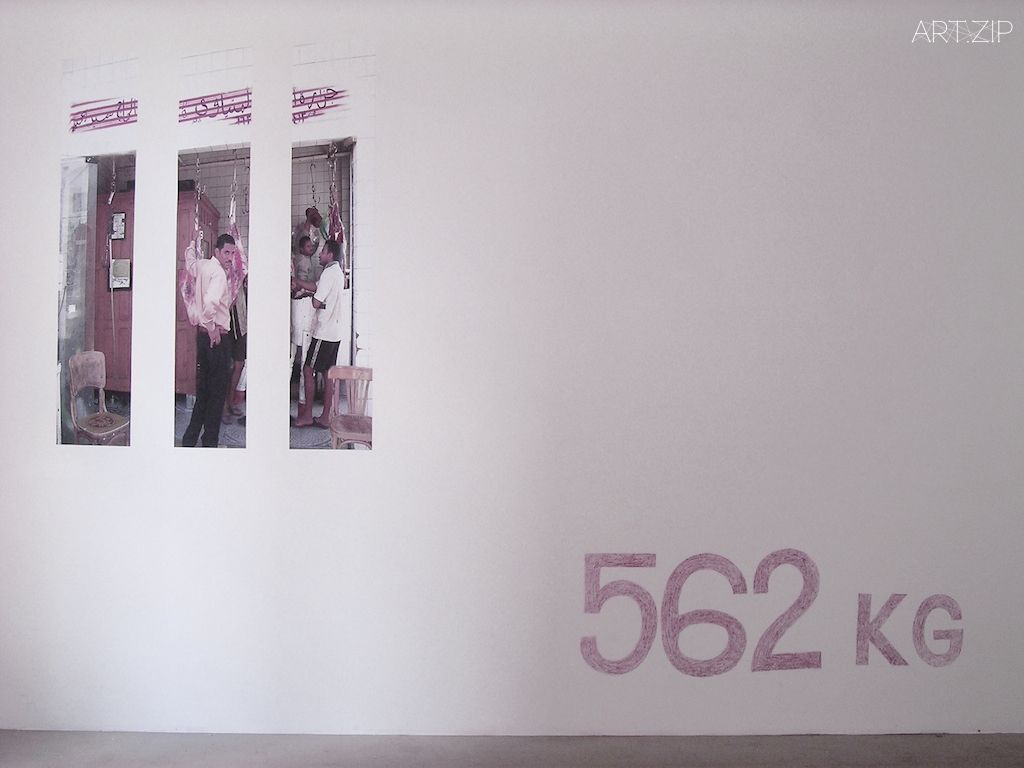
“We went from years in the red to doubling our budget and building up an operating reserve and we did it by opening up the doors for people to be involved.”—Nina Simon, museum director of the Santa Cruz Museum of Art and History
“這些年來通過實現公眾參與的策展模式,我們的預算翻了一倍,同時也建立了運作儲備金。”--妮娜·西蒙,美國聖塔克魯茲藝術與歷史博物館館長。
“I think there’s a general feeling that the terms of this sort of engagement with the public haven’t been carefully thought out…Some of these projects may be difficult to sustain over the longer term without, in some way, dramatically changing the nature and even the missions of these institutions.”—Peter Eleey, curator of MoMA PS1
“我覺得多數人普遍地認為這種公眾參與的策展模式是沒有經過深思熟慮的…其中的一些項目如果不在相應程度上改變其相關機構的性質和目標,可能會在較長時期內難以維持”。--彼得·埃里,紐約當代藝術博物館PS1策展人
“I don’t believe that everybody is a curator, something about the power of art and the sanctity of the public trust had been compromised.”—Susan Leask,former curator of the Santa Cruz Museum of Art and Hisotry
“我不認為任何人都能成為策展人,藝術的力量和公眾信任的神聖性已經受到影響了”。--蘇珊·里斯克,美國聖塔克魯茲藝術與歷史博物館前策展人
“I wondered if this mirrored the trend in museums to ‘share authority’ by allowing visitors to create meaning and often curate exhibitions through the collections. It’s all about democratisation – as they say ‘history from below’. This could also be applied to art museums… art from below.”—Gail Ritchie, artist
“我很好奇讓公眾通過展示藏品去創建其意義和策展是否反映了博物館將分享其權利的趨勢,這都是源於民主,正如他們所說的‘自下而上的歷史’,這概念也可應用於藝術博物館,‘自下而上的藝術’。”--蓋爾·里奇,藝術家
“In most galleries so much importance is put on creating a hallowed space for the next exhibition, making a force field of protection around the gallery that distinguishes it from the rest of the world. It’s a funny thing to change a space only to make a protected environment for the next person to come along—it seems incredibly perverse and I realised if you do that continuously, you just get gallery fatigue, you begin to understand too much what that gallery is made of and the place no longer has any meaning. The question for us was whether there is also a fatigue of endless possibilities, of change and transformation.”—Gavin Wade,artist-curator
“大多數的畫廊都著重為將要進行的展覽創建神聖的空間,打造各種保護牆把畫廊與世界上的其他地方區分開來。但滑稽的是僅僅只是為了讓下一位藝術家進入一個受保護的環境而去改變一個空間,這真的令人難以置信,我認為如果這現象持續下去,畫廊只會變得愈加脆弱和令人感到疲憊,然後人們會開始愈加明白畫廊的本質以及發現其不再附有任何意義。如今我們面臨的問題是策展模式的改變和轉型還有這種無限的可能性是不是也會導致疲憊”--加文·韋德,藝術家策展人
As being outside any art institutions, I am very interested in how art institutions attract new audiences by transforming the curatorial approach, because any organization or individual applying for funding supports would come across these questions, “how to attract audience? How to develop a new targeted market?”
In recent years among arts organizations and institutions a lot of new curatorial models have emerged, where ‘crowdsourcing’ and ‘artistsourcing’ are the more prominent types. In order to get more audience involved in art activities, art institutions become more open to the curatorial principals and processes to enable more public to interact with art. Although such attempts are not always successful, it is still worth trying.
Even though it is difficult to tell if it is a more open, democratic and risk-taking curatorial practice, or merely a reserved approach inside a small circle, this new curatorial model challengs the old ones and appeals a very broad development. With the continuous development and improvement of this new curatorial model, it would be a tremendous contribution to the development and diversification of contemporary art.
The transformation is also a very interesting subject. The transformation of space and concept is of major concern to many artist curators, often deriving from their personal practices in which they transform materials, ideas and the internal environment of their artworks. This desire to shape and redefine the physical, psychological and contextual aspects of their own work also seeps into their curatorial practice as a natural progression.
Recently, transforming exhibition space evokes a new trend, which encourages more attention to the artwork itself and the exploring process, rather than just presents the exhibition and artworks as a complete ‘product’, this new attempt of which adds diversity and new vitality to contemporary art.
作為一個在藝術機構以外個體,我對藝術機構如何通過變換策展方式來吸引新觀眾這個議題非常感興趣,因為任何一個組織和個人在申請資助基金的時候都要回答這樣的問題,“如何吸引觀眾?如何開發新的受眾群體?”
近年來在藝術組織和機構當中出現了很多新的策展模式,其中“公眾參與型”策展以及“藝術家參與型”策展是比較突出的兩個方向,既為了讓更多的觀眾參與到藝術活動當中,藝術機構開始在策展原則和過程上更為開放,使得更多的公眾可以與藝術產生互動,雖然這樣的嘗試並不總是成功的,但這仍然是值得去嘗試的。
雖然,對這種趨勢我們很難分辨它是一種更開放的、民主的、更有冒險精神的策展實踐,亦或是一種小圈子內部的保守主義暗箱操作,但不管怎樣這種新形式的策展方法和手段對陳舊的策展模式發起了挑戰,並且擁有非常廣闊的發展空間,相信隨著這種策展模式的不斷發展和完善,它會對當代藝術的發展及多樣化做出非常大的貢獻。
另外,關於新型策展帶來的“轉換”也是非常有意思的課題。許多藝術家策展人把策展關注點落到空間和概念的轉換上,這通常是從自身的藝術實踐發展而來,一般他們都對材質、想法和空間的轉換懷有極大興趣。因此,建立和重新定義作品的物理、心理和語境方面的欲望也促進藝術家策展人的策展實踐的自然發生。
近年來這種將展覽空間作為“轉化”的場所,而並不從策展的角度去做“發展”也是一種新的趨勢,這樣的趨勢使得展覽更注重藝術家本身的作品和探索過程,而不是把展覽和作品都作為一種完成的“產品”,這種新的嘗試也為當代藝術添加了多樣性和新的活力。

